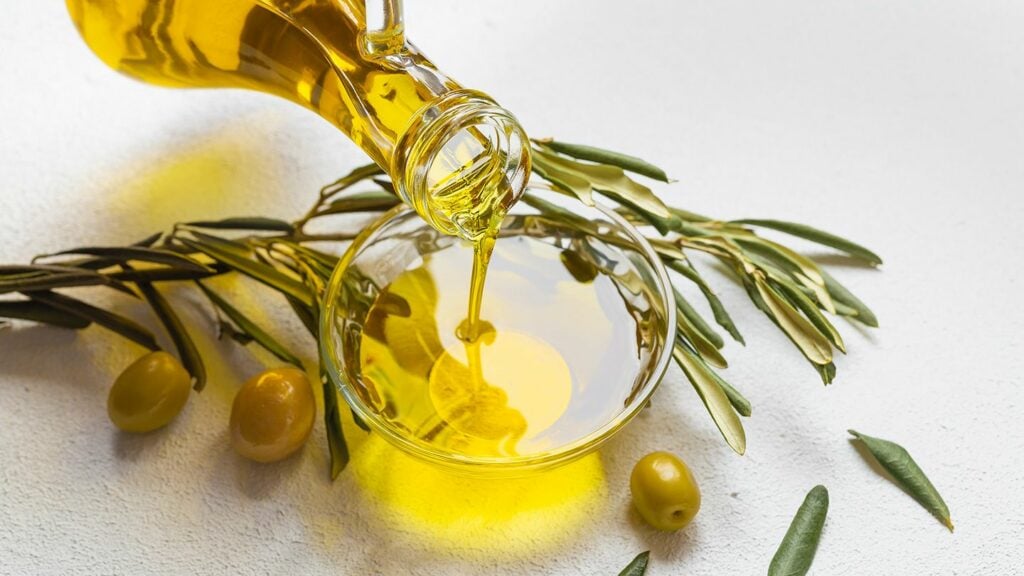Olive oil is a liquid fat derived from olives. They are a traditional tree crop that is commonly found in the Mediterranean Basin. The oil itself is extracted by pressing whole olives. This particular kind of oil is frequently used in cooking, such as when frying foods or as a salad dressing, and is often marketed as a healthy option. But because of the popularity of this oil and its many uses, manufacturers have started modifying its composition. Did you know that the olive oil you might be buying isn’t real?
About 70% of olive oil on the market is fake. That’s more than two-thirds of the olive oils available in your locality. Because natural olive oil is costly to produce, many diluted and counterfeit products claim to be extra virgin olive oil but are not.
How To Tell Which Olive Oil is Real and Which is Not?
Here are some sure-fire ways to know if the olive oil you are buying is legitimate or not. For one, if the harvest date is not printed on the olive oil bottles, it may not be 100%. This is due to unknown harvest dates, and the fact that the manufacturer may be blending in older oils, or because the product is old. Transparent and reputable manufacturers will usually publish the harvest date so that consumers can make more informed choices whenever they purchase their products.
If quality and flavor are non-negotiables, buy California extra virgin olive oil whenever you can, this oil is upheld to even stricter standards than imported olive oils, with often complex supply chains and many mediators. This is especially ideal for Americans since California is closer to home, this means the batches they get are much fresher.
A simple sensory test will reveal olive oil is of poor grade or fake. Fresh, authentic olive oils will have a peppery scent and a bright flavor profile. The presence of polyphenols, which are at their peak during harvest, causes pepperiness. If fake olive oils have gone rancid, they will taste dull and greasy, even waxy or crayon-like. (Source: Brightland)
Is Fake Olive Oil Dangerous for Us to Consume?
The main issue appears to be the unsanitary conditions produced by the fake oil. Because cheap is the name of the game, it’s common for fake oil to be built within filthy conditions, increasing the risk of getting contaminated with E. coli or salmonella.
Another health risk comes when fraudsters decide to dilute the virgin oil with lower quality oils such as lamp oil which is actually deemed to be unfit for human consumption because it contains so much acid. (Source: Brightland)
Where Did Olive Oil Originate From?
According to reviews in Environmental Science and Biotechnology, the modern olive tree was likely cultivated in ancient Persia and Mesopotamia, then extended towards Syria and Israel and into the Mediterranean Basin. Then later introduced to North Africa. Some scholars have even claimed that olive cultivation started with the Ancient Egyptians since olives have also been found in Egyptian tombs from 2,000 years BC.
Later, as Greek territories spread throughout the Mediterranean, olive farming was presented to places like Spain and spread throughout the Roman Empire. The Roman conquest of Egypt, Greece, and Asia Minor resulted in improved trade along the Mediterranean. The importance of olive oil as a commercial commodity grew. As olive production blossomed in the 5th century AD, the Romans started to employ new methods of production, such as the olive press. (Source: Brightland)
